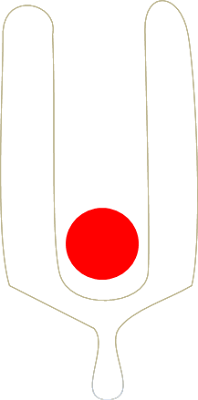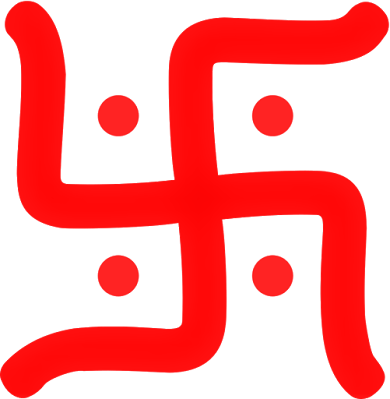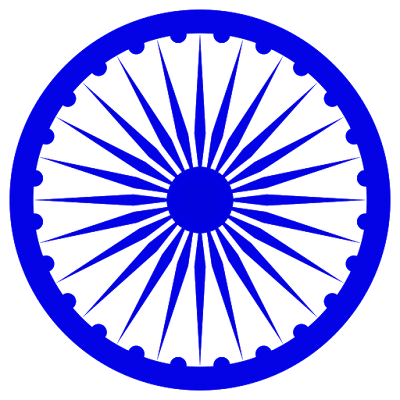NITYANANDA PARIVARA TILAK

NITYANANDAPARIVARA TILAK The Gaudiya Vaishnava tradition, lacking a central authority since its very inception on account of its dynamic spread, has come to encompass a large diversity of practices and insights within the foundational framework of the Goswami's teachings. Traditional Gaudiya lineages are traced back to the companions of Sri Chaitanya Mahaprabhu via a succession of mantra diksha initiations, otherwise commonly known as the guru-pranali. Nityananda (b 1474 CE), was a Vaishnava saint, famous as a primary religious figure within the Gaudiya Vaishnava tradition of Bengal, is presumed to be an avatar of Balarama. Nityananda was Chaitanya Mahaprabhu's friend and disciple. They are often mentioned together as Gaura-Nitai (Gaura, ‘golden one’, referring to Chaitanya, Nitai being a shortened form of Nityananda) or Nimai-Nitai. The followers of Nityananda are called the Nityananda Parivara and their tilaka sports the Gaudiya tilaka with a dot.


















